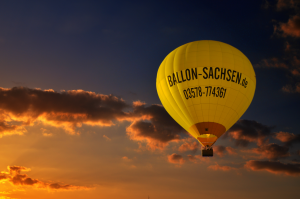- This topic is empty.
-
AuthorPosts
-
23/05/2025 at 10:42 #7827
When it comes to printing photos, the choice between inkjet and laser printers can significantly impact the final output. Both technologies have their unique advantages and disadvantages, making the decision a nuanced one. In this post, we will delve into the intricacies of each printing method, exploring their capabilities, ideal use cases, and the factors that can influence your choice.
Understanding the Technologies
Inkjet Printing: The Color Champion
Inkjet printers operate by spraying tiny droplets of liquid ink onto paper. This method allows for a wide range of colors and gradients, making inkjet printers particularly adept at producing high-quality images with rich detail and vibrant colors. The ability to blend colors seamlessly is a significant advantage for photographers and artists who require precise color reproduction.
Laser Printing: The Speedster
On the other hand, laser printers utilize a different mechanism, employing a laser beam to transfer toner onto paper. This process is generally faster than inkjet printing and is more efficient for high-volume printing tasks. While laser printers excel in producing sharp text and graphics, their color reproduction capabilities, especially for photographs, can sometimes fall short compared to inkjet printers.
Quality of Output
When evaluating photo quality, several factors come into play:
1. Color Accuracy: Inkjet printers typically outperform laser printers in color accuracy and vibrancy. The liquid ink can create smoother gradients and more nuanced color transitions, which is crucial for professional photography.
2. Detail and Resolution: Inkjet printers often have higher DPI (dots per inch) capabilities, allowing them to produce finer details in images. This is particularly important for large prints or images with intricate details.
3. Print Longevity: One of the critical considerations for photo printing is longevity. Inkjet prints, especially those using pigment-based inks, can last for decades without fading when properly cared for. In contrast, laser prints may not have the same archival quality, as the toner can degrade over time, especially when exposed to light.
Cost Considerations
While the initial cost of inkjet printers may be lower than that of laser printers, the long-term expenses can vary significantly. Inkjet printers often require frequent ink cartridge replacements, which can add up over time, especially for those who print photos regularly. Conversely, laser printers, while more expensive upfront, tend to have a lower cost per page due to the longevity of toner cartridges.
Ideal Use Cases
– Inkjet Printers: Best suited for photographers, artists, and hobbyists who prioritize print quality and color accuracy. If your work involves printing high-resolution images or fine art reproductions, an inkjet printer is likely the better choice.
– Laser Printers: More appropriate for businesses or individuals who need to print large volumes of documents quickly and efficiently. If your primary focus is on text documents or graphics rather than high-quality photo prints, a laser printer may be the way to go.
Conclusion
In conclusion, the decision between inkjet and laser printing for photos ultimately hinges on your specific needs and priorities. If you value color accuracy, detail, and print longevity, an inkjet printer is likely the superior choice. However, if speed and cost-efficiency for high-volume printing are your main concerns, a laser printer may serve you better.
-
AuthorPosts
- You must be logged in to reply to this topic.



